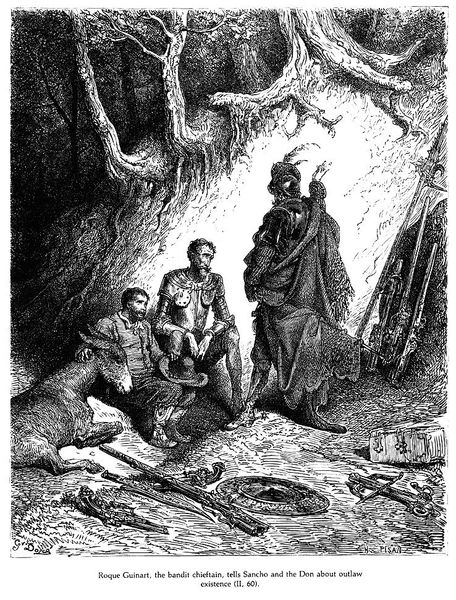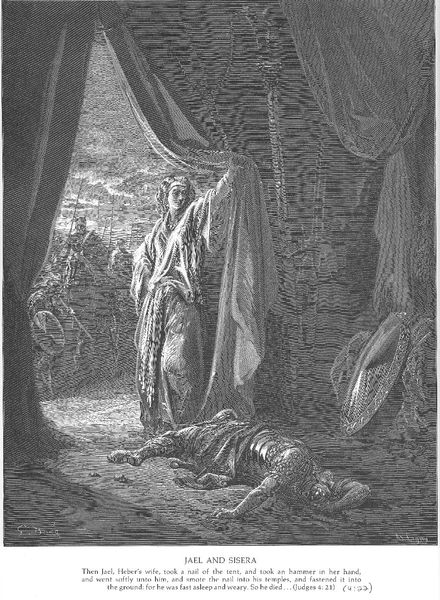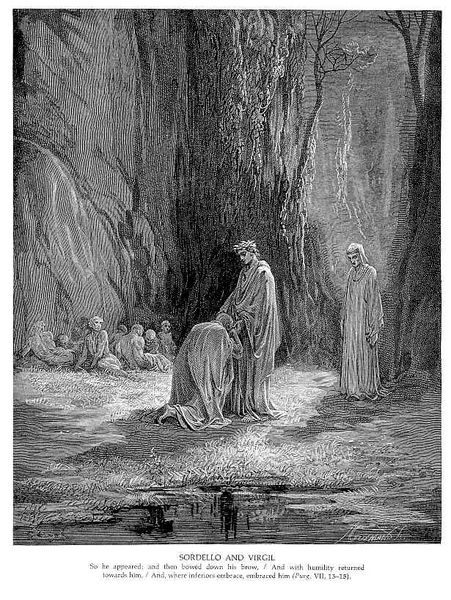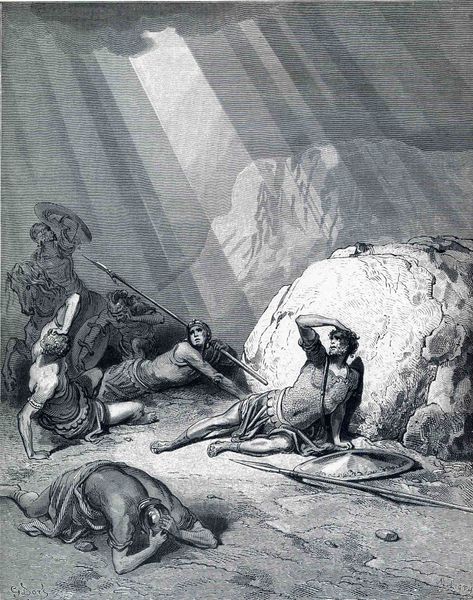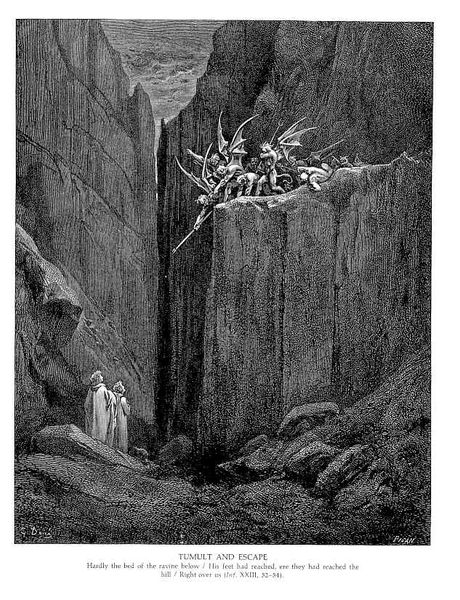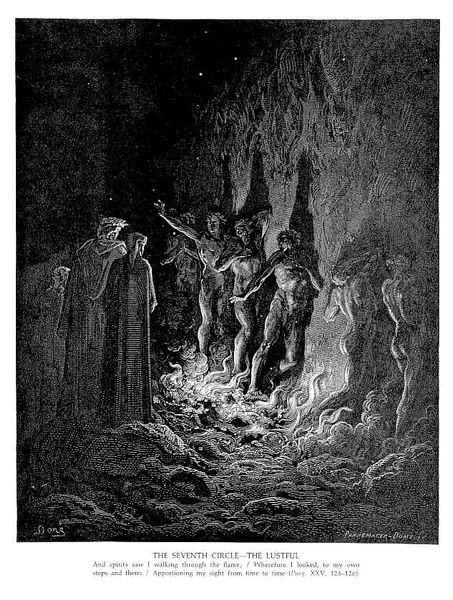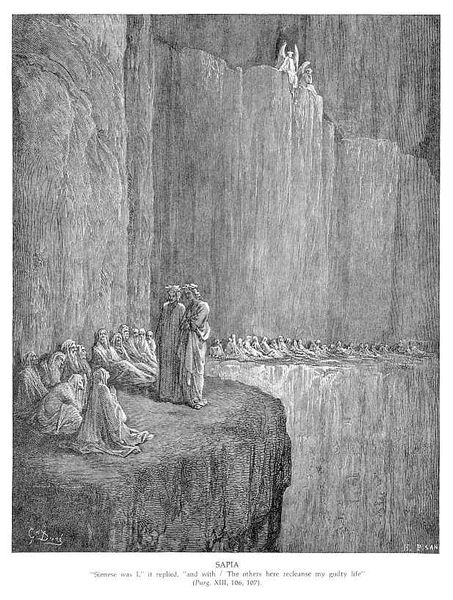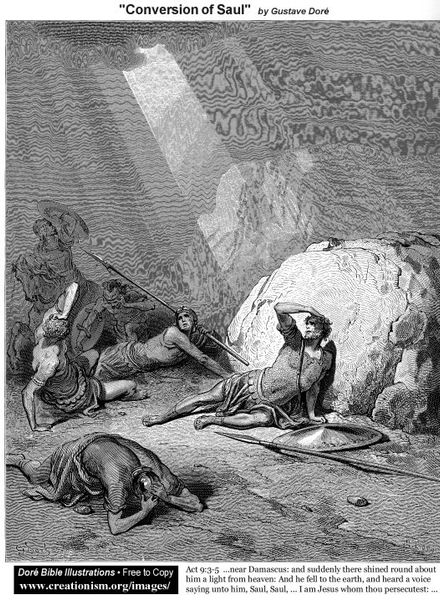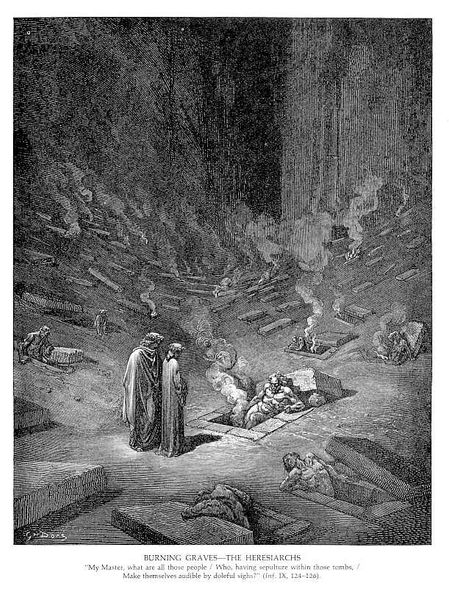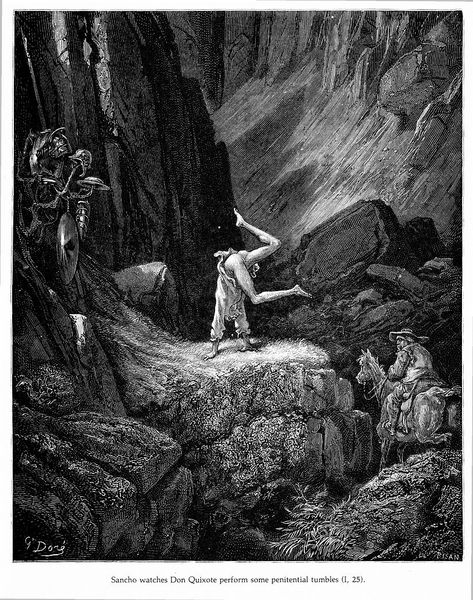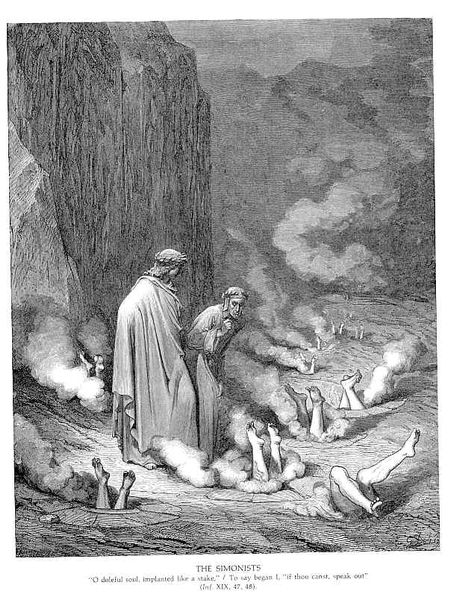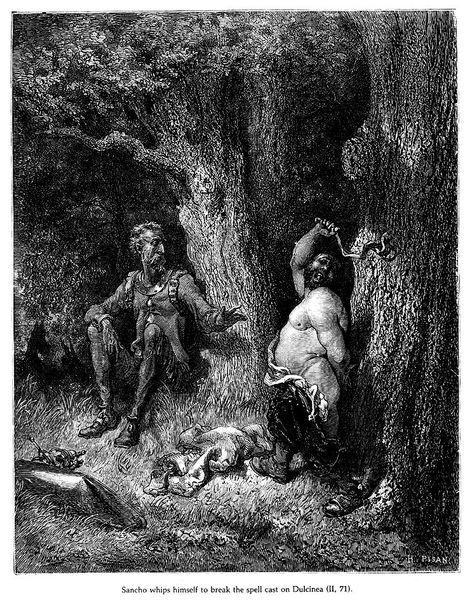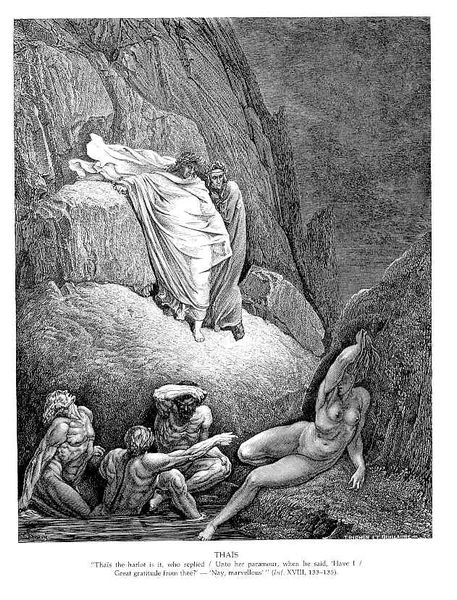
print, engraving
#
narrative-art
# print
#
figuration
#
romanticism
#
history-painting
#
engraving
Copyright: Public domain
This is Gustave Doré's print "Crucified Man," created during the 19th century, a period marked by significant social and political upheaval. Doré, a French artist, captured the anxieties and moral questions of his era through dramatic and often unsettling imagery, seen here in his illustration of Dante’s Inferno. This particular image illustrates the hypocrites in hell, weighed down by gilded robes as they eternally walk in circles. They are punished for their deceitfulness, their outer appearances masking inner corruption. The naked, crucified man in the foreground epitomizes this hypocrisy, as he was ostensibly crucified for the benefit of the people. Doré’s intensely stark style emphasizes the personal torment and the broader societal decay, confronting the viewer with uncomfortable truths about power, morality, and the human condition. The crucifixion is a stark reminder of the cost of perceived righteousness.
Comments
No comments
Be the first to comment and join the conversation on the ultimate creative platform.
